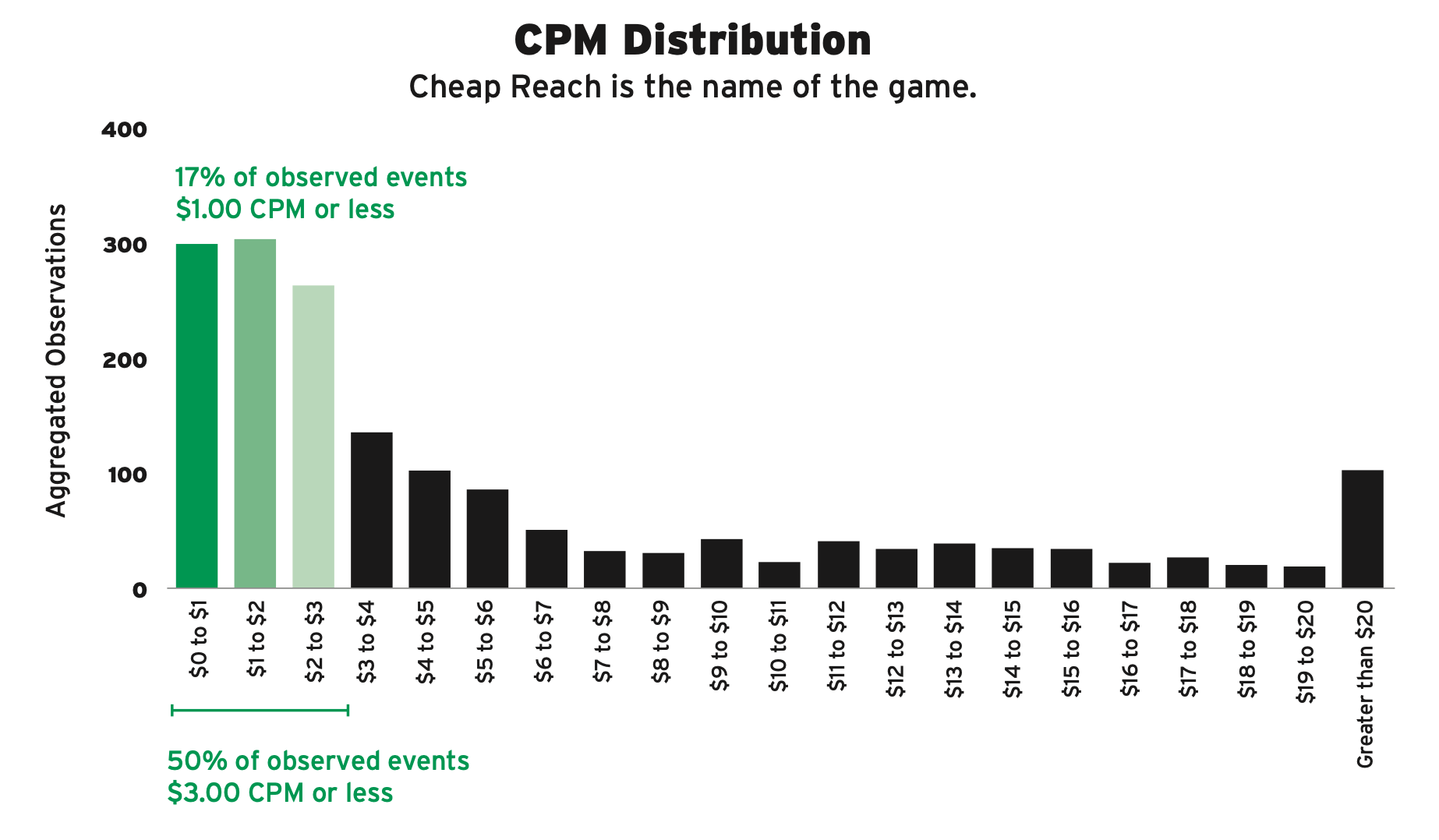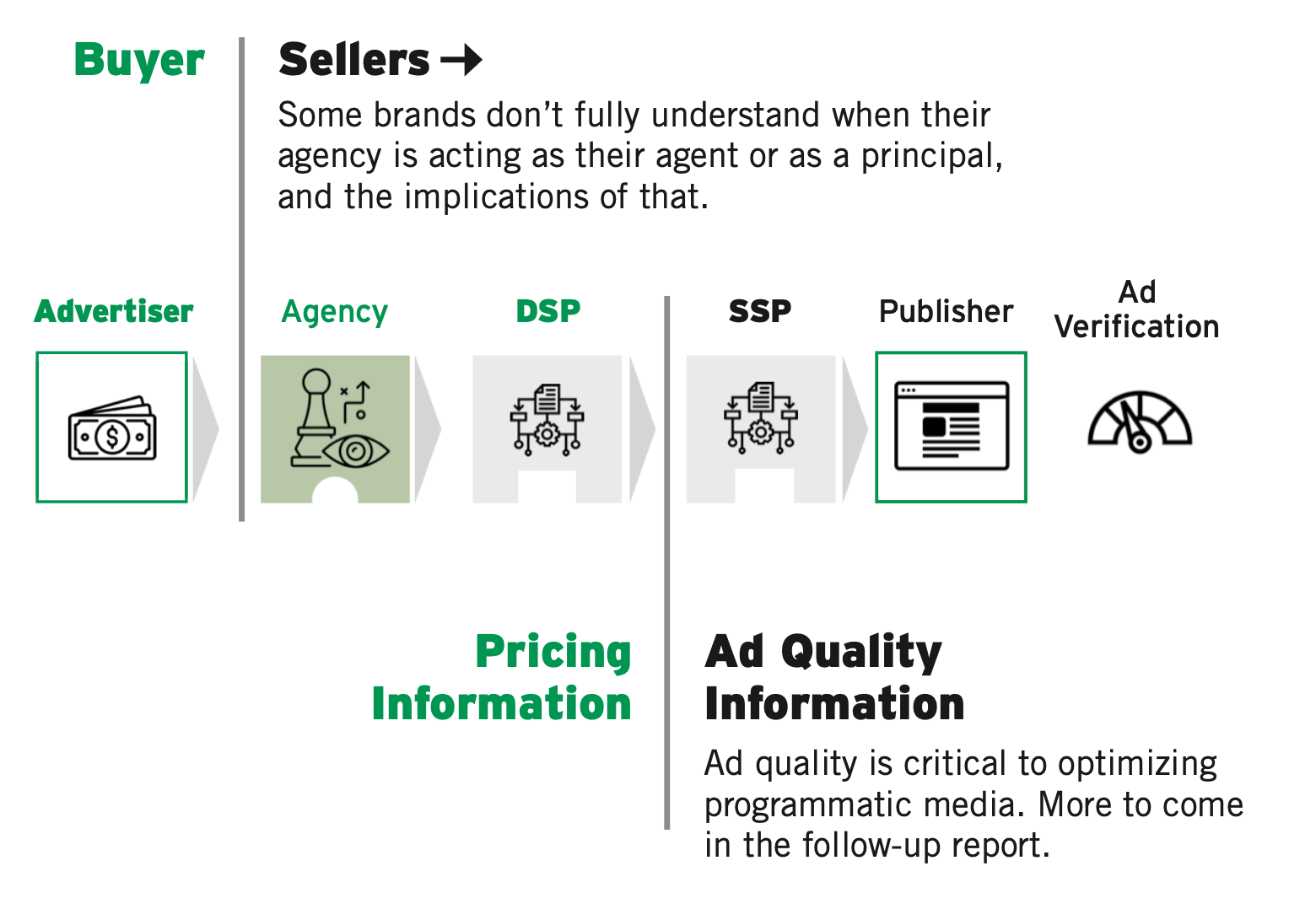Once hailed as the promised land for digital advertising, the open web is proving a quagmire for Web3 marketers.
A recent report highlights that a staggering 23% of open programmatic ad spend, approximately $20 billion of the $88 billion total during the period under review, is being squandered on ineffective ad placements on dubious websites.
Sponsored$20 Billion Wasted in Programmatic Ads
The report, released by the Association of National Advertisers (ANA), offers a disquieting glimpse into the murky digital ad ecosystem. The focus falls on the challenge of low-quality inventory and ambiguous mechanics that divert funds to questionable sites, causing brands to hemorrhage their ad budgets.
Clickbait websites or “made for advertising” sites funnel a significant portion, 15%, of ad dollars. These platforms often feature low-quality content, including fake news, conspiracy theories, and spammy links.
Often, websites optimize their design to maximize ad revenue. However, they use intrusive tactics such as pop-up ads, auto-play videos, or invasive ads. A lack of expertise among brands navigating the convoluted online ad supply chains directly causes this alarming wastage.
Bill Duggan, Group Executive VP at the ANA, postulates that Web3 marketers, in pursuing lower costs, often compromise on quality due to a lack of knowledge about the market.
“This misalignment between cost and value is problematic because it drives behavior that is directly contrary to the achievement of the stated goal,” said Duggan.

Duggan added that “marketers need to lean into media,” proposing simple fixes to improve quality and eliminate waste. One way to do so is by reducing the number of websites bought in campaigns.
“Streamlining the number of websites used will diminish the risk of purchasing non-viewable and fraudulent inventory. Advertisers can reach a high percentage of target audiences using a few hundred websites,” affirmed Duggan.
Lack of Transparency in Digital Advertising
The industry-wide lack of transparency and information asymmetry present pressing concerns. Ad tech intermediaries often withhold granular “log-level” data, preventing brands from tracing the path of their ads. This can hamper any understanding of where the money goes.
This opaque landscape gives sellers a distinct advantage, causing buyers to overpay for inventory.
Sponsored“A major reason for the apparent lack of transparency in the programmatic ecosystem is that incentives driving advertiser behavior are often misaligned with the goals of their marketing campaigns. When advertisers prioritize cost over value, they do so to their own detriment,” added Duggan.

The advent of Web3 technology and privacy-centered changes, such as the deprecation of cookies on Chrome, have brought a tectonic shift in programmatic advertising. These dynamics have amplified the power of “walled gardens,” causing apprehension among smaller publishers and advertisers alike.
While enticed by the cost-effectiveness of open web ad placements, advertisers grapple with uncertainties over ad destinations and the allocation of their ad spend. Tech behemoth Google has launched transparency tools to illuminate both sides of the ad ecosystem. It helps show how much money is generated from advertiser to publisher.
Sponsored SponsoredThe ANA report suggests that advertisers demand more granular data. It is essential to trace data from ad tech providers to verify the money’s trajectory independently.
“If brands don’t own their supply contracts attached with specific data rights, then they are blocking themselves from turning data into valuable information to maximize transparency,” reads the report.
Dependency on “Made For Ads” Websites
The industry needs to realign and reassess strategies to maximize efficiency and minimize waste. Private marketplace deals divert 14% of ad spending to low-quality websites despite providing more control over where ads run.
Environmental concerns, such as the high carbon emissions linked to ad tech due to demanding computing needs, further complicate the picture.
The report serves as a clarion call for marketers to scrutinize their programmatic strategies, tighten their supply chains, and reduce dependence on “made for advertising” websites. Clarity, transparency, and sustainability will define the successful marketer’s playbook in the digital landscape.

